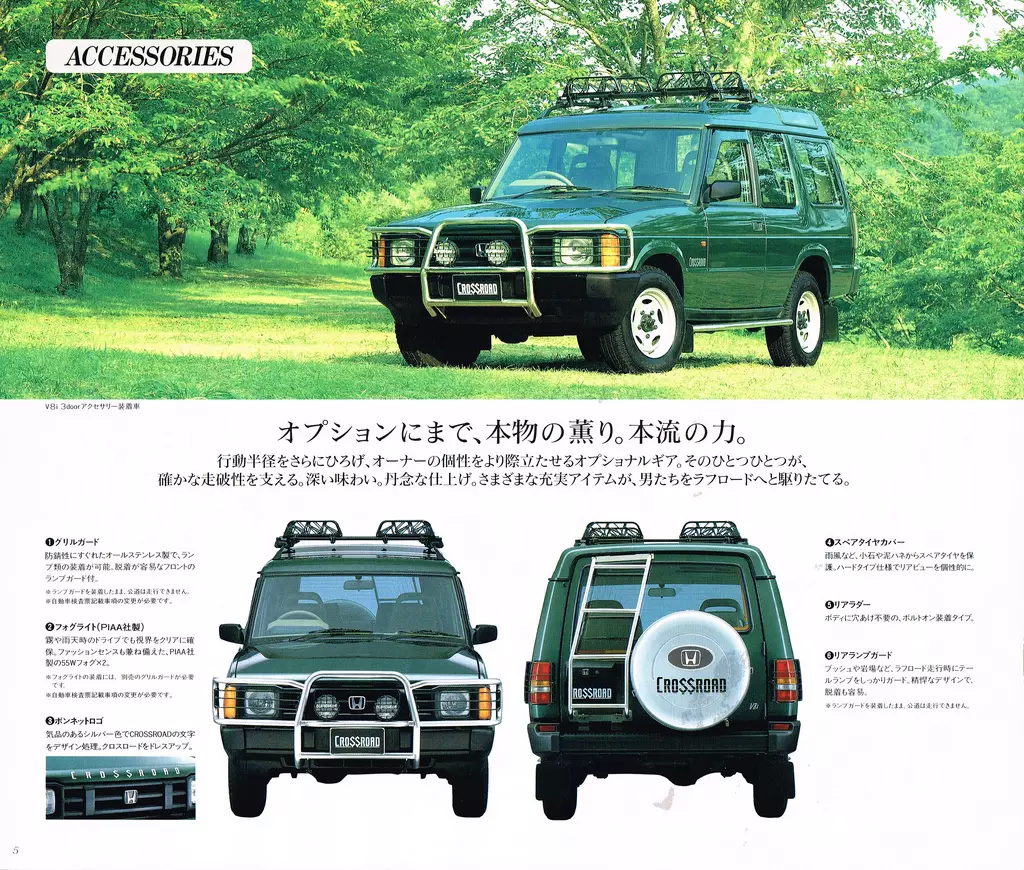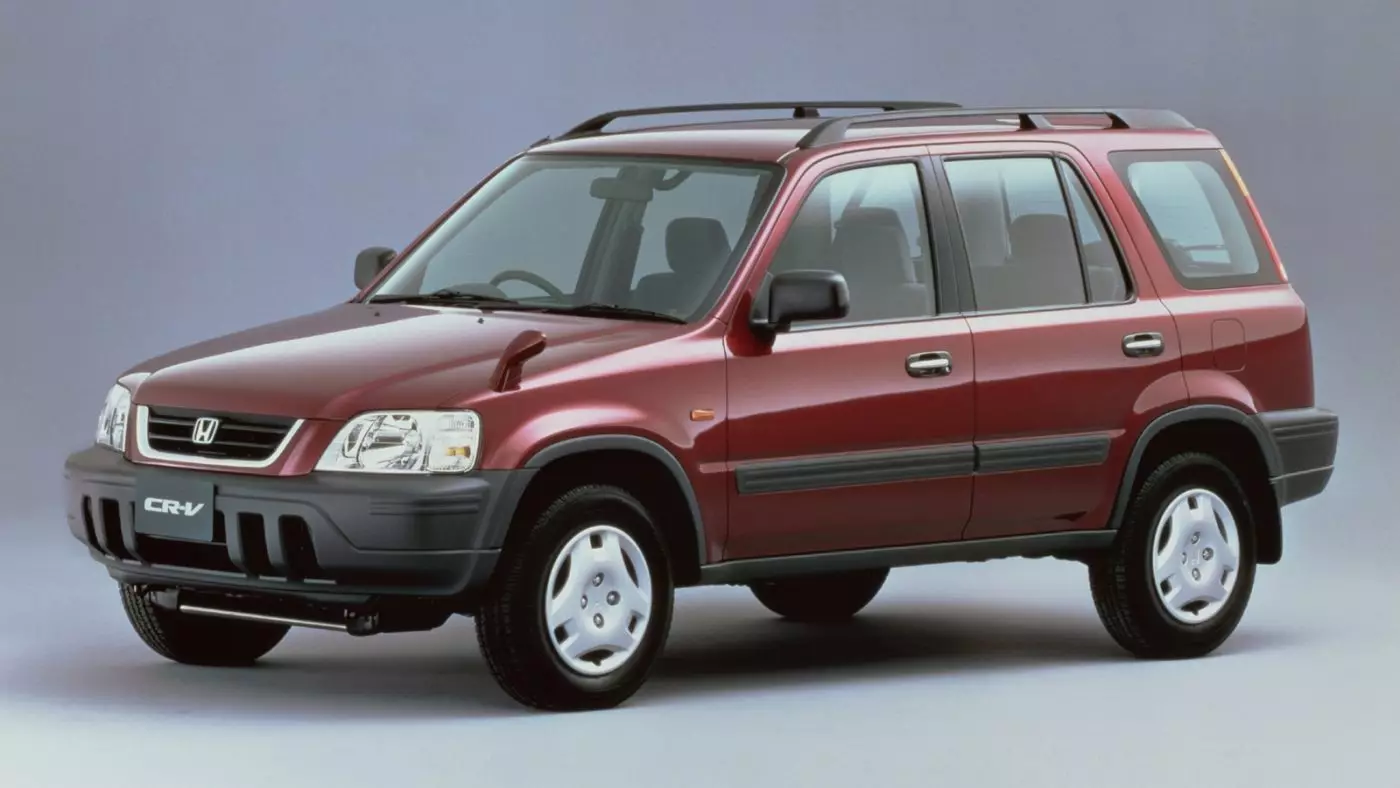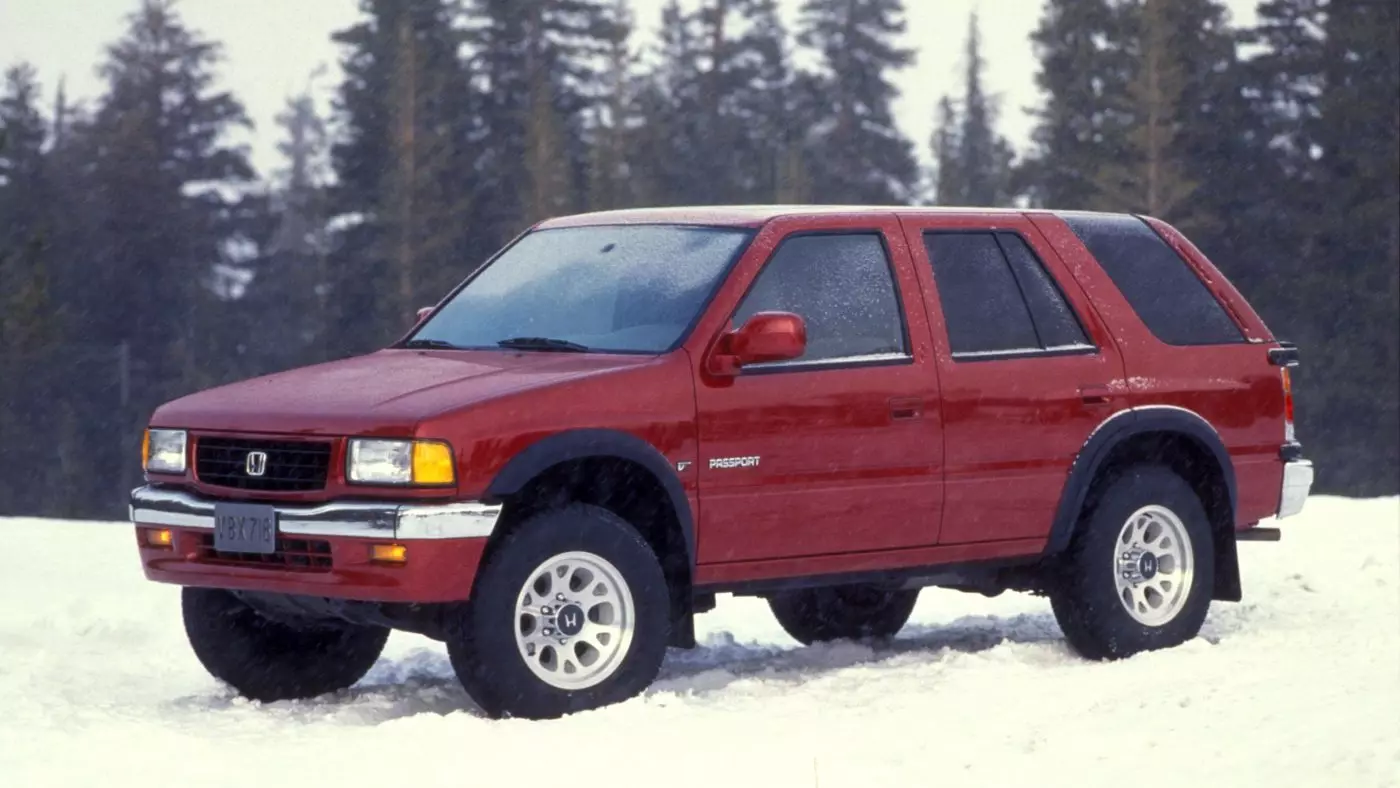Blasphemy? What makes a Land Rover Discovery with a Honda symbol? Despite the current success of SUVs, where virtually all car brands have at least one SUV, it should be noted that this was not always the case.
Indeed, Honda is no stranger to the SUV phenomenon. The Honda HR-V and CR-V are more than known, but if we go back a couple of decades, at a time when SUV was practically confined to the US (and around here there were jeeps...), the Japanese brand hesitated to launch itself on the market with such a proposal.
And we can say that, at that time, jeeps were not the sensitive creatures of today. They were prepared to face all types of terrain and were not afraid to scratch the 20-inch wheels on low-profile tires on any curb of any sidewalk - like today's SUVs -, because there were no such things. But I'm already rambling…
Honda's hesitation was understandable. Market research indicated that SUVs were growing in popularity, but the risk was high, as were the costs of going forward with a proposal of your own. The best solution would be to establish an agreement or partnership to reduce risks and costs.
A Honda… Discovery
And speaking of partnerships, Honda already had one. Before the acquisition by BMW, Rover and Honda went hand in hand. Who doesn't remember the Rover 200, 400 and 600? All of them derived from cars like the Honda Civic and Accord despite generally having their own mechanics. If the partnership worked well in one direction, it could also work in the opposite direction.
Rover owned Land Rover. It had launched Discovery in 1989, a model that fit perfectly between the bigger and more luxurious Range Rover and the austere Defender, one of the original “pure and hard” ones. It was the perfect model to test market receptivity to a Honda SUV.

The Japanese brand bought from Land Rover the rights to sell the Discovery with its symbol, renamed it Crossroad and started selling it on the Japanese market. Yes, nothing more than badge engineering. It was on sale between 1993 and 1998, exclusively in the five-door bodywork and equipped with the same petrol V8 as the British model. In addition to Japan, Crossroad also arrived in New Zealand.
After the purchase of Rover by BMW, the agreement between Honda and the British brand would end, justifying the short five years of commercial career. But in the meantime, Honda had already put on sale its first in-house developed SUV: the CR-V, introduced in 1995.
It was a much more urban proposition, and off-road capabilities weren't even close to the top. The model worked so well that five generations of continuous success have gone by.

Honda CR-V
It wouldn't be the last time we saw the name Crossroad either. In 2007, the Japanese brand recovered the name for a new crossover, which replaced the HR-V in Japan. Far from the capabilities or utilitarianism of Discov… sorry, from the first Crossroad, it was a proposal with a much more urban character, with a capacity for seven people. Although it can come equipped with four-wheel drive.
Crossroad was not the only “fake” Honda
Brands that have not used models from other manufacturers, in any period of their existence, and that have sold them as if they were their own, must be counted on the fingers of their hands. In addition to the Crossroad, Honda had another SUV in its range that was actually from another manufacturer.
The Honda Passport appeared in precisely the same year as the Crossroad, in 1993, and like this it served to test the market's responsiveness to a Honda SUV. This time, an agreement was established with the Japanese Isuzu who had the Rodeo in her catalogue. The Passport's destiny was the North American market, so the fact that the Rodeo was produced in the USA must have weighed on Honda's decision.

Honda Passport - first generation
If Passport seems familiar to you, it's because we've had it here too. But not like Honda or Isuzu, but like Opel Frontera. The Isuzu Rodeo was many things depending on the market in which it was marketed. A true global model.
Unlike the partnership with Rover, the relationship with Isuzu lasted much longer, extending until 2002 and allowing for a second generation. The relationship would end after GM's growing influence on Isuzu, and lead Honda to internally develop a successor, the Pilot. Model that remains focused on the North American market and is now in its third generation.
